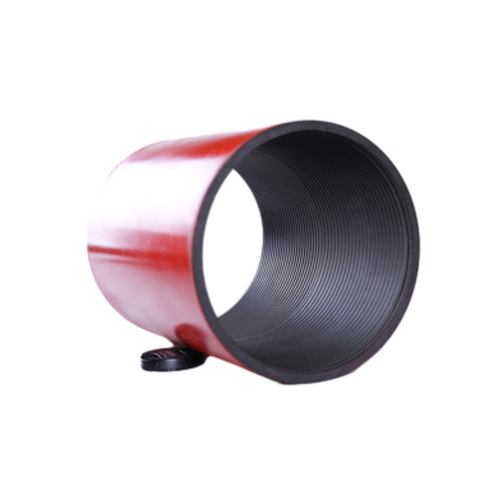- Afrikaans
- Albanian
- Amharic
- Arabic
- Armenian
- Azerbaijani
- Basque
- Belarusian
- Bengali
- Bosnian
- Bulgarian
- Catalan
- Cebuano
- Corsican
- Croatian
- Czech
- Danish
- Dutch
- English
- Esperanto
- Estonian
- Finnish
- French
- Frisian
- Galician
- Georgian
- German
- Greek
- Gujarati
- Haitian Creole
- hausa
- hawaiian
- Hebrew
- Hindi
- Miao
- Hungarian
- Icelandic
- igbo
- Indonesian
- irish
- Italian
- Japanese
- Javanese
- Kannada
- kazakh
- Khmer
- Rwandese
- Korean
- Kurdish
- Kyrgyz
- Lao
- Latin
- Latvian
- Lithuanian
- Luxembourgish
- Macedonian
- Malgashi
- Malay
- Malayalam
- Maltese
- Maori
- Marathi
- Mongolian
- Myanmar
- Nepali
- Norwegian
- Norwegian
- Occitan
- Pashto
- Persian
- Polish
- Portuguese
- Punjabi
- Romanian
- Russian
- Samoan
- Scottish Gaelic
- Serbian
- Sesotho
- Shona
- Sindhi
- Sinhala
- Slovak
- Slovenian
- Somali
- Spanish
- Sundanese
- Swahili
- Swedish
- Tagalog
- Tajik
- Tamil
- Tatar
- Telugu
- Thai
- Turkish
- Turkmen
- Ukrainian
- Urdu
- Uighur
- Uzbek
- Vietnamese
- Welsh
- Bantu
- Yiddish
- Yoruba
- Zulu
Understanding Casing Threads and Couplings in Oil and Gas Operations
Casing Threads and Couplings An Overview
Casing threads and couplings play a crucial role in the oil and gas industry, particularly in the drilling and completion of wells. These components ensure that the casing pipes are securely connected, enabling them to withstand the immense pressures and environmental conditions encountered underground.
What are Casing Threads?
Casing threads are specially designed connections found at the ends of casing pipes used in well construction. Casing pipes are large-diameter tubes that line the walls of drilled wells, providing structural integrity and preventing the borehole from collapse. The threads on these pipes allow for easy assembly and disassembly, facilitating transportation and installation. There are several different types of casing threads, each engineered for specific applications to maximize performance under various conditions.
Two of the most common types of casing threads are the American National Standard Taper (API) threads and the premium threads. API threads are widely used due to their simplicity and ability to perform well in a range of conditions. Conversely, premium threads are designed for high-pressure applications and offer improved sealing capabilities, making them suitable for more demanding environments.
Couplings The Connective Tissue
Couplings are the components that connect two casing pipes, allowing for a continuous wellbore. They are essentially short lengths of pipe, threaded on both ends to accept the casing pipes on either side. Proper use of couplings is crucial for ensuring the integrity and strength of the entire casing string.
Couplings come in various styles, including threaded and welded configurations. Threaded couplings are more common due to their ease of installation and removal. In contrast, welded couplings are often used in high-stress applications where additional strength is necessary.
Importance of Proper Thread Design
The design and quality of casing threads and couplings are of paramount importance. Thread geometry, material selection, and manufacturing processes directly affect the performance and durability of these components. High-quality materials, such as carbon steel or alloy steel, are often chosen for their strength and resistance to corrosion.
casing threads and couplings

Moreover, proper thread design ensures a tight seal between casing pipes, preventing fluid leakage that could lead to costly operational failures. Inadequate sealing can compromise well integrity, potentially causing contamination of groundwater or loss of hydrocarbon resources.
Industry Standards and Quality Control
To guarantee that casing threads and couplings meet industry requirements, organizations like the American Petroleum Institute (API) have established rigorous standards. These standards dictate the manufacturing processes, materials, and testing protocols that must be followed to ensure safety and reliability.
Quality control processes also play a critical role in the production of casing threads and couplings. Testing methods include visual inspections, non-destructive testing (NDT), and pressure testing to ensure that every component can withstand the rigors of the downhole environment.
Innovations in Casing Technology
In recent years, advancements in technology have led to improved designs and materials for casing threads and couplings. The development of smart couplings equipped with sensors to monitor stress and strain in real time is one such innovation. These devices can provide valuable data to operators, enabling predictive maintenance and reducing the risk of failures.
Additionally, new ceramic and composite materials are being explored as alternatives to traditional steel, offering lighter weights and enhanced corrosion resistance. Such materials have the potential to revolutionize the industry by further increasing the efficiency and longevity of well structures.
Conclusion
Casing threads and couplings may seem like small components in the grand scheme of oil and gas production, but they are essential to the safe and efficient operation of wells. Continuous improvements in their design and construction will not only enhance the performance of drilling operations but also contribute to safer and more sustainable energy extraction practices. As the industry evolves, staying informed about these innovations will be crucial for engineers and operators alike.
-
Tubing Pup Joints: Essential Components for Oil and Gas OperationsNewsJul.10,2025
-
Pup Joints: Essential Components for Reliable Drilling OperationsNewsJul.10,2025
-
Pipe Couplings: Connecting Your World EfficientlyNewsJul.10,2025
-
Mastering Oilfield Operations with Quality Tubing and CasingNewsJul.10,2025
-
High-Quality Casing Couplings for Every NeedNewsJul.10,2025
-
Boost Your Drilling Efficiency with Premium Crossover Tools & Seating NipplesNewsJul.10,2025







